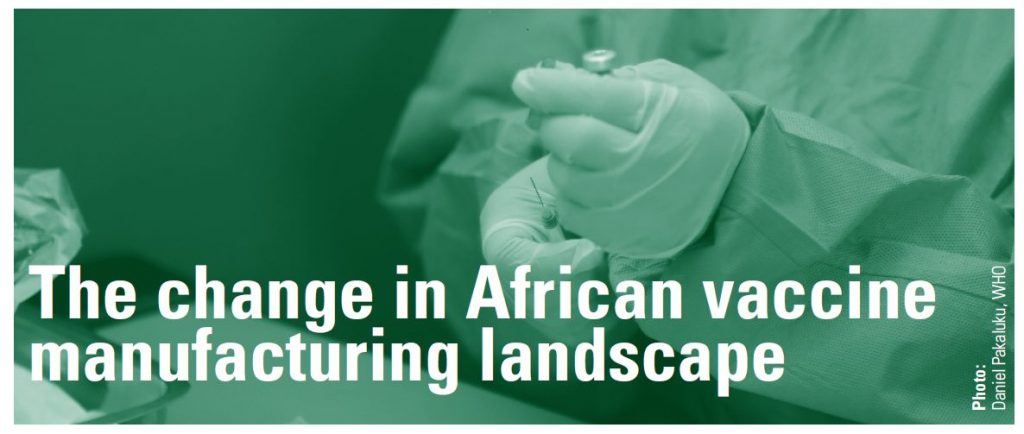New analysis from Africa CDC, CHAI, and PATH could inform future pathways
Africa has long relied on other parts of the world for its vaccine supply. This unfair global health system creates barriers to access and exposes the continent to threats like the COVID-19 pandemic, as well as more recent zoonotic disease outbreaks like Mpox and Marburg. African leaders have voiced this struggle for years, but the delay Africa faced in receiving COVID-19 vaccines thrust the issue onto the global stage. It prompted African leaders to create the Partnership for African Vaccine Manufacturing with the aim of pushing for the local manufacture of 60 percent of Africa’s vaccine needs by 2040. It also spurred global efforts to build a sustainable vaccine manufacturing ecosystem on the continent.
But fulfilling this ambition will be challenging, requiring a multi-year, coordinated effort across various stakeholders and sectors. With many new projects on the horizon, there’s a risk of duplicative investments in some areas and under-investment in others. In the long term, this could jeopardize impact and undermine manufacturers’ market viability.
To address this issue, in 2023 the Africa Centres for Disease Control and Prevention (Africa CDC), the Clinton Health Access Initiative (CHAI), and PATH mapped the state of vaccine manufacturing in Africa. Together, we gained insights into what’s needed to develop a robust and sustainable vaccine manufacturing ecosystem. In 2024, we refined our original research. We surveyed African vaccine manufacturers to understand their current capacity and capabilities. We also wanted to know the progress they made over the last year, and their plans for the future. This information can help stakeholders and funders better coordinate and prioritize the actions needed to build a thriving African vaccine manufacturing sector.
What have we learned? And how should we move forward?
Download: The change in African vaccine manufacturing landscape







